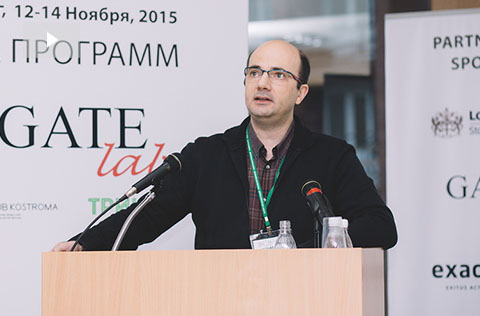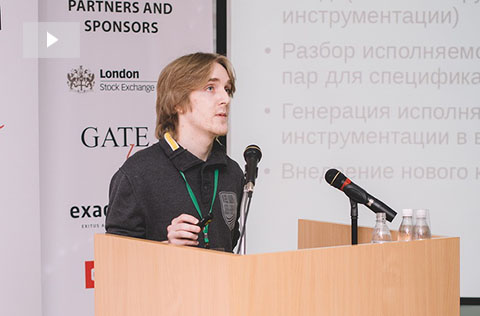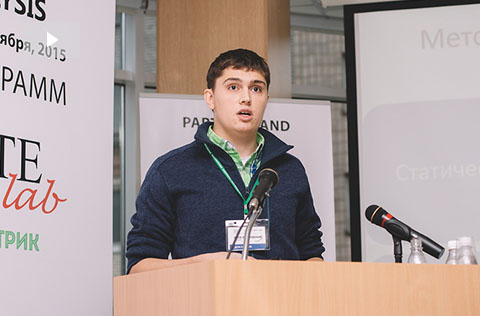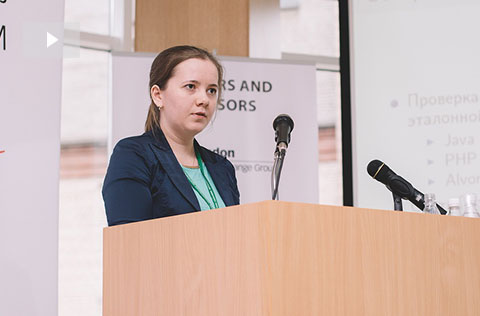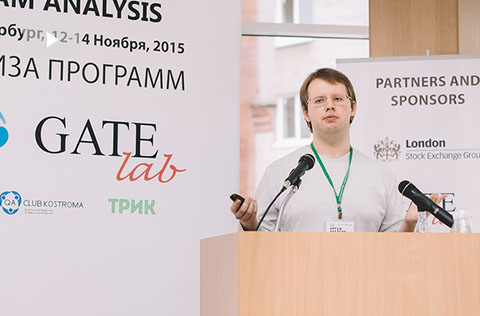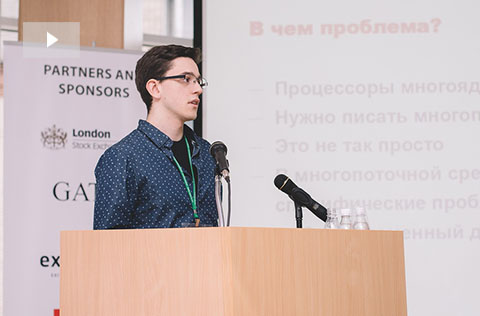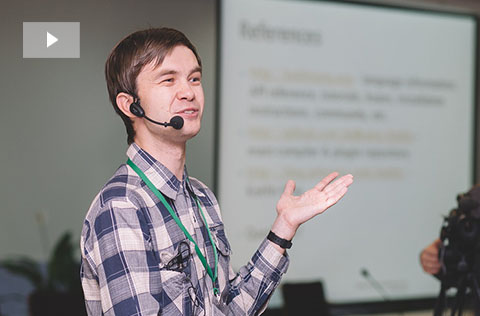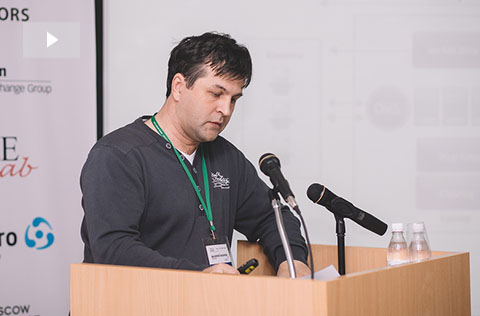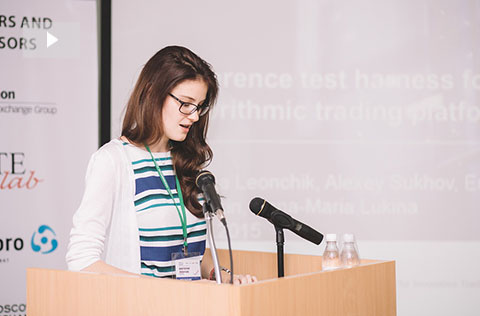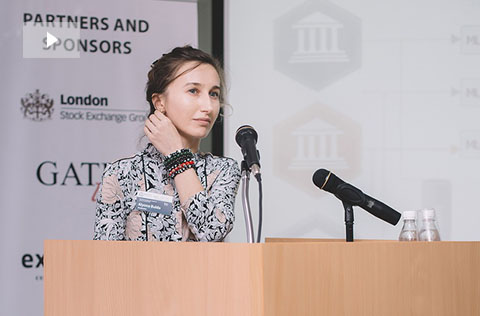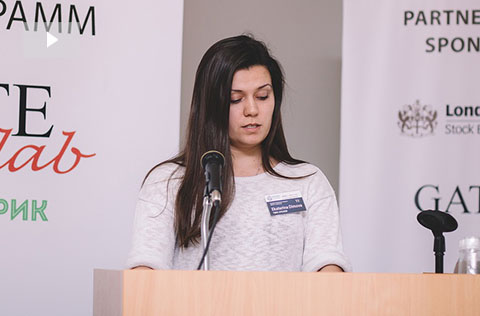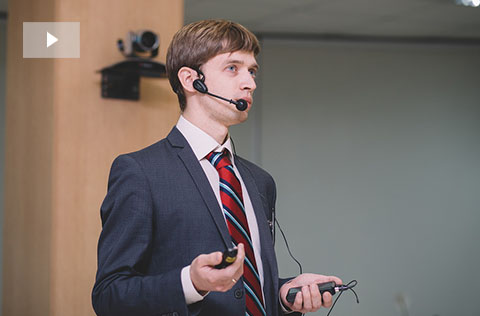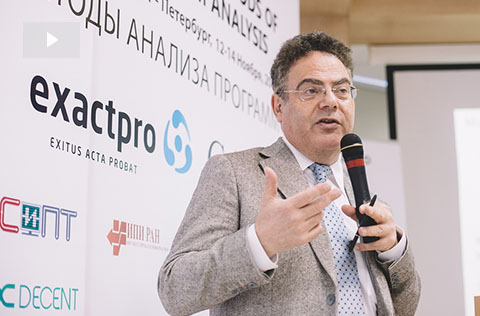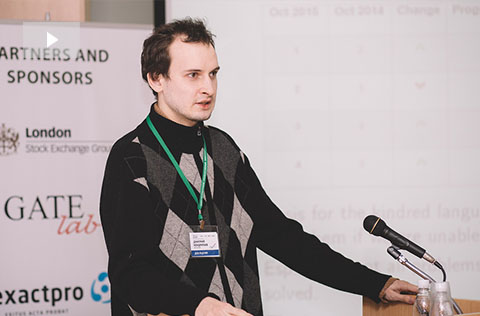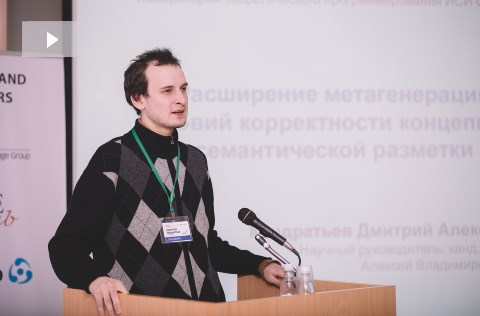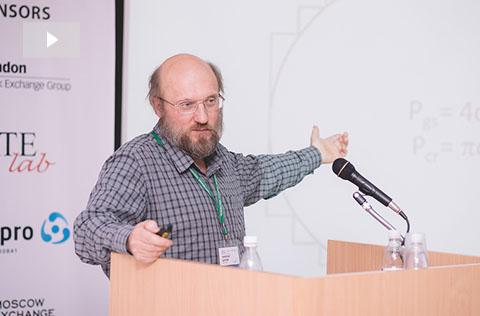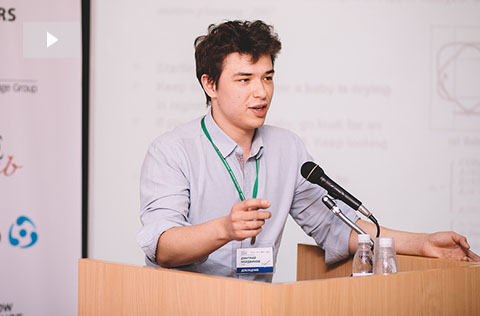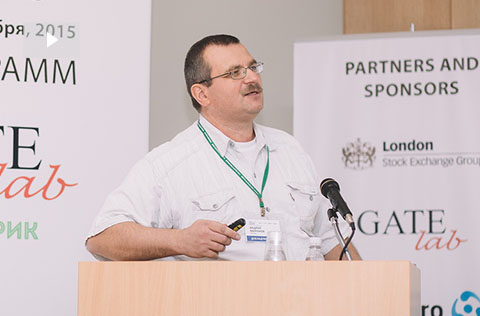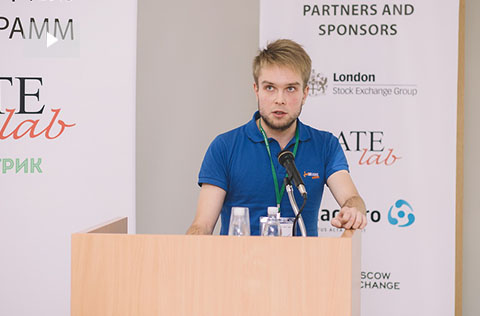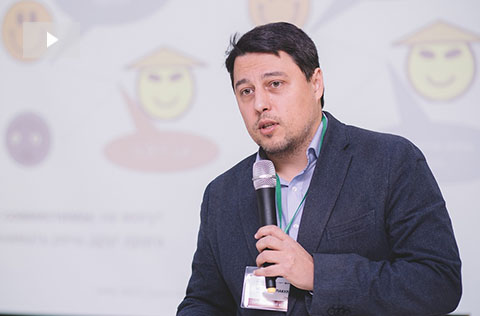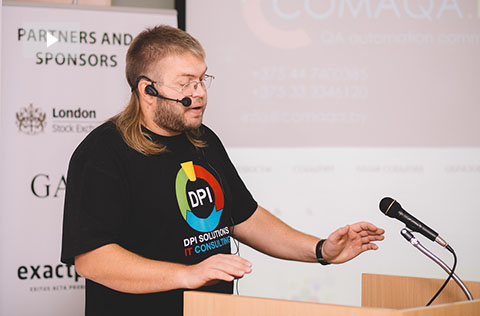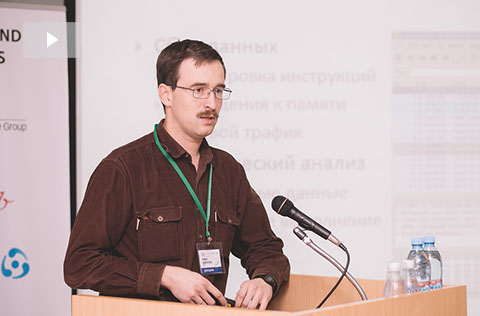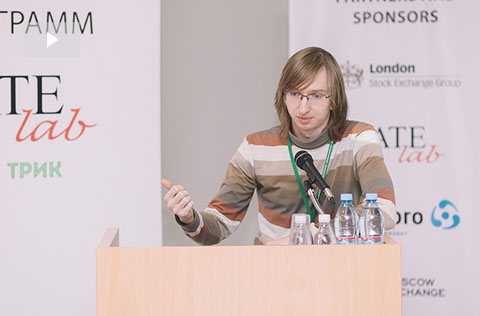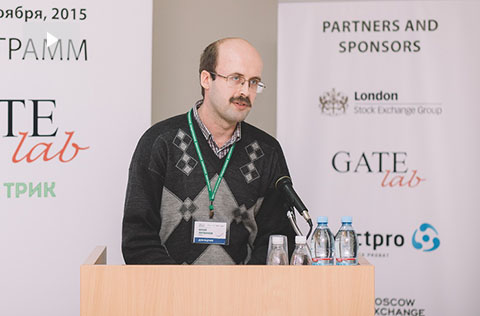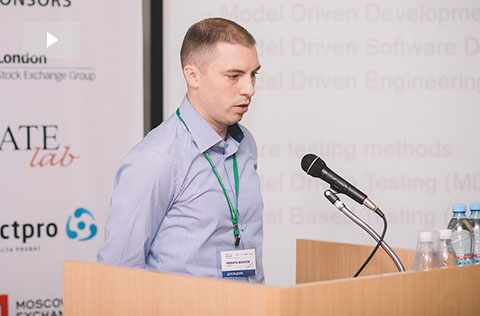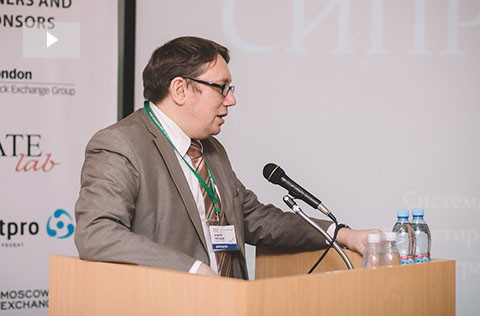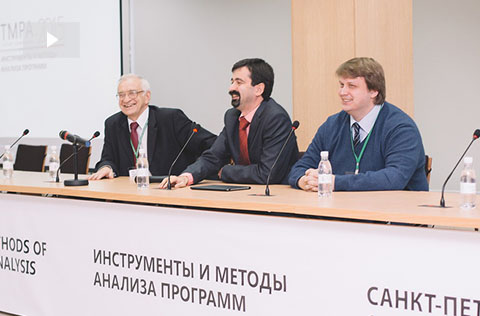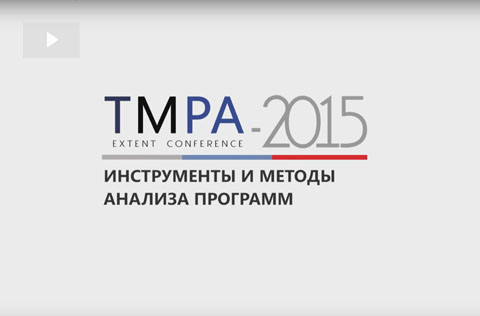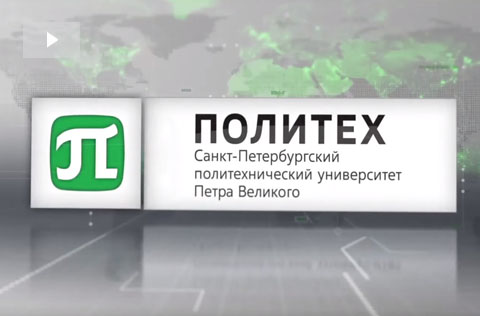TMPA-2015: agenda
12 November 2015
Static and dynamic program analysis
Mikhail Yermakov, ISP RAS
Yakov Roskoshnyy, Dmitry Tsitelov, Vitaly Trifanov, Roman Elizarov, Saint Petersburg State University of Information Technologies, Mechanics and Optics, Saint Petersburg
Marina Polubelova, Semyon Grigorev, Saint Petersburg State University, Saint Petersburg
Artyom Aleksyuk, Vladimir Itsykson, Peter The Great Saint Petersburg Polytechnic University, Saint Petersburg
Anton Evdokimov, Dmitry Tsitelov, Roman Elizarov, Vitaly Trifanov, Saint Petersburg State University of Information Technologies, Mechanics and Optics, Saint Petersburg
Trading systems
Valery Florov, Pavel Garin, Pavel Smirnov, Maxim Metelkov, Exactpro
Victoria Leonchik, Alexey Sukhov, Eugene Ushakov, Iosif Itkin, Anna-Maria Lukina, Exactpro
Alyona Bulda, Maria Orlova, Exactpro
Anna Toropova, Ekaterina Dimova, Iosif Itkin, Exactpro
Automated process of creating test scenarios for financial protocols and connectivity testing
13 November 2015
Verification
Alexei Promsky, Dmitry Kondtratyev, A.P. Ershov Institute of Informatics Systems, Novosibirsk
Dmitry Kondratyev, A.P. Ershov Institute of Informatics Systems, Novosibirsk
Nikolay Shilov, A.P. Ershov Institute of Informatics Systems, Novosibirsk
Dmitry Mordvinov, Yury Litvinov, Saint Petersburg State University, Saint Petersburg
Andrew Mironov, ISP RAS, Moscow
Vladimir Kovalenko, Galina Alperovich, JetBrains
Building a defect prediction tool that can be used in realworld applications requires a simpler model that does not require as much human effort to train. The issue is confronted by heuristic approaches, such as the Google Bug Prediction Score, however studies show that the accuracy of heuristic models is often too low to justify their implementation.
We introduce a combined approach: by using a set of simple heuristics to identify bug fixes in version control and generating training instances based on bugfix data and language independent features, our combined algorithm performs significantly better than Google’s heuristic, while still remaining fully automated and language independent. As traditional classification quality metrics are not applicable in our case due to lack of precise labeling, we use an empirical method to compare relative prediction quality based on issue tracker activity
14 November 2015
Anton Semyonchenko, DPI Solutions
Testing and debugging tools
Pavel Dovgalyuk, Maria Klimushenkova, Denis Dmitriev and Vladimir Makarov, Novgorod State University
Rostislav Efremov, Saint Petersburg State University, Saint Petersburg
Dmitry Mordvinov, Yury Litvinov, Saint Petersburg State University, Saint Petersburg
Pavel Drobintsev, Vsevolod Kotlyarov, Nikita Voinov, Peter The Great Saint Petersburg Polytechnic University, Saint Petersburg
Andrew Tyugashev, Anton Nasekin, Saint Petersburg State University of Information Technologies, Mechanics and Optics, Saint Petersburg





